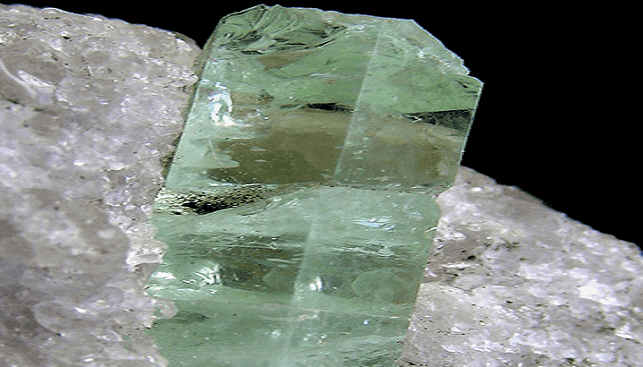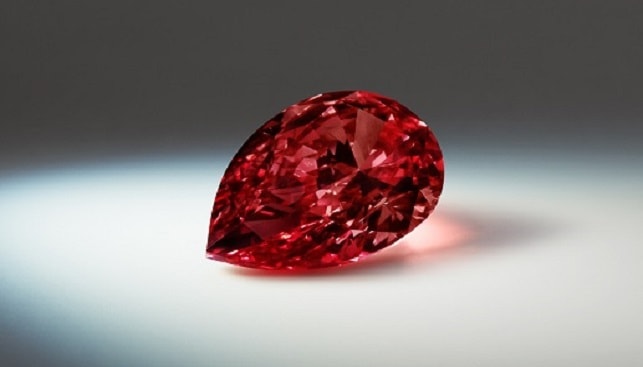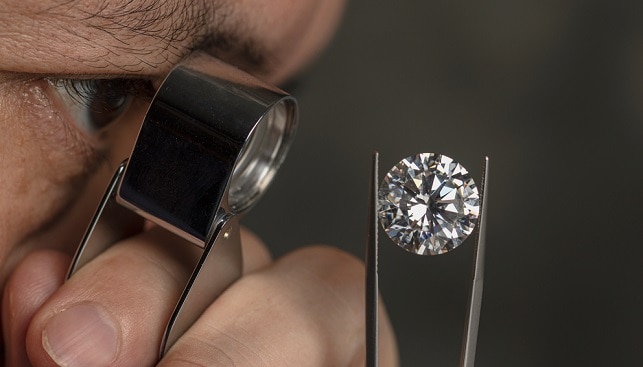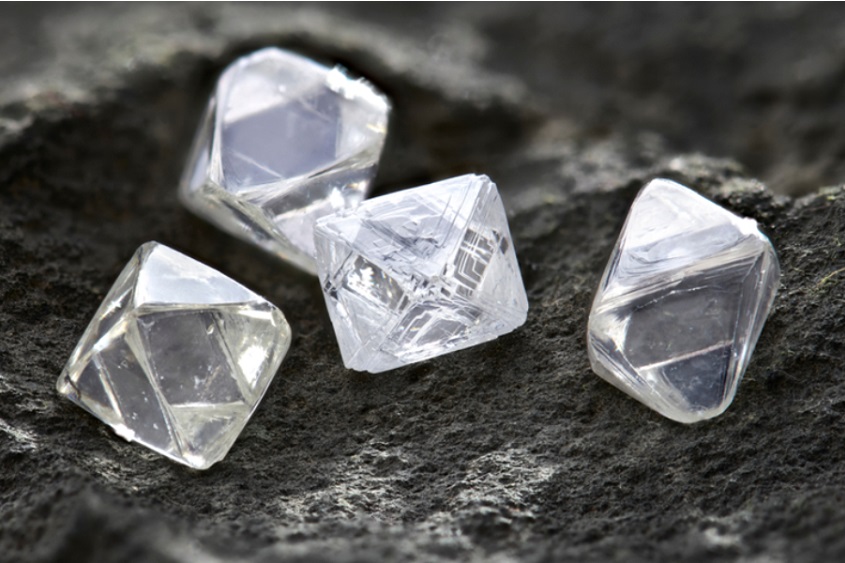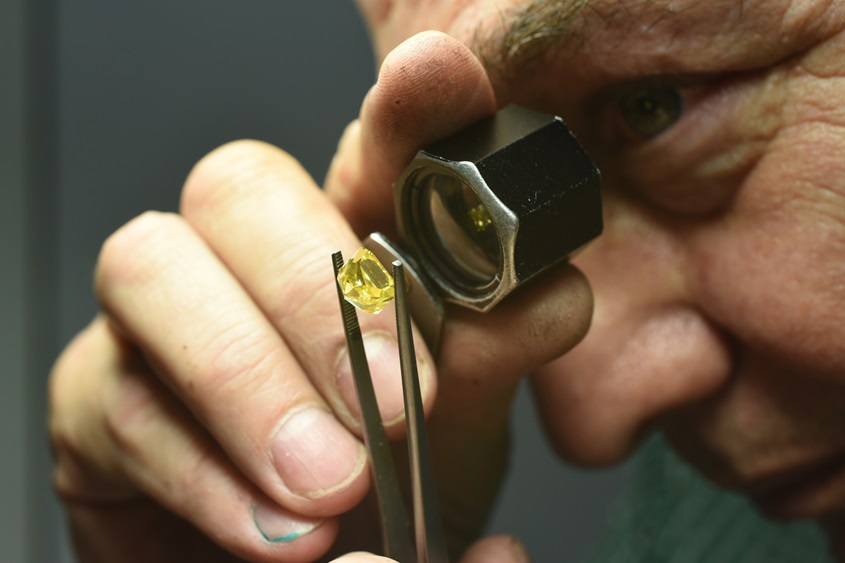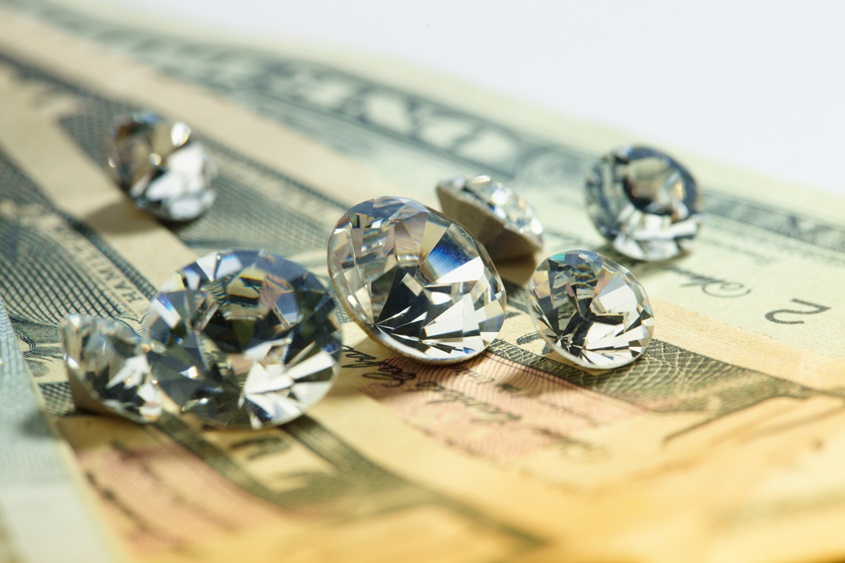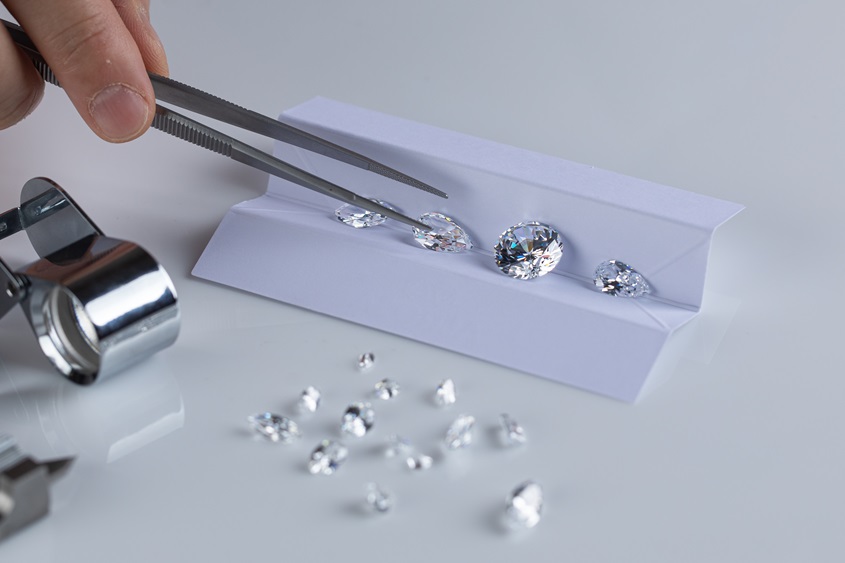Beryl is a silicate mineral, which make up 95% of the earth’s crust. As such, the size of beryl crystals can reach dozens of meters in size and it has a Mohs scale hardness of 7.5-8. Pure beryl is colorless, although many times various impurities can cause it to be tinted with colors such as blue, yellow, pink and more. The origin of the name “beryl” – “precious blue-green color of sea-water” comes from the Greek word “beryllos.”
Various types of beryl have been considered gems from many years: emerald is green beryl, bixbite, or “red emerald,” is red beryl, aquamarine is blue beryl, morganite is pink beryl, goshenite is white color beryl, etc.
Beryl is found mainly in Madagascar and in several European countries including Germany, Austria and Ireland. Beryl is used as a substitute for optical glass and in the production of crystal balls.

